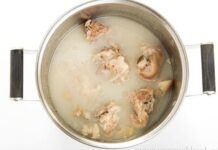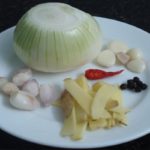What’s in Monosodium Glutamate?
In 1909, monosodium glutamate was created with the aim of adding a meaty flavor to home-cooked meals. Since then, it has become a staple seasoning in kitchens around the world.
Monosodium glutamate is produced through natural fermentation of ingredients such as sugarcane, cassava, and tapioca.
The main component of monosodium glutamate is glutamate (glutamic acid), an amino acid that makes up protein and accounts for about 10% of the daily amino acid intake.
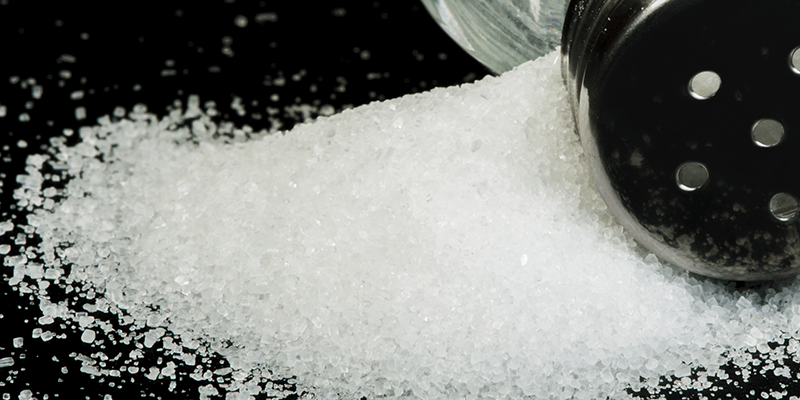
In 2001, the US Food and Drug Administration (FDA) concluded that monosodium glutamate is safe for consumption. The Vietnamese Ministry of Health also includes monosodium glutamate in the “List of permitted food additives.”
Does Monosodium Glutamate Have Negative Health Effects as Orally Transmitted?
Monosodium Glutamate Does Not Cause Brain Atrophy or Memory Loss: This is a common concern among consumers. A study by Tsai (2000) on adult male subjects found that glutamate levels in the blood did not fluctuate significantly after consuming meals with added monosodium glutamate.
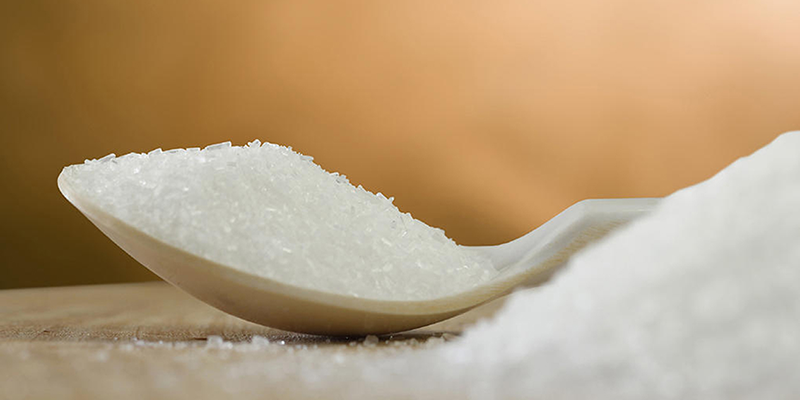
Monosodium Glutamate Does Not Affect Children’s Health: According to JECFA, the metabolism of monosodium glutamate is the same in children and adults, and there are no associated risks for children. However, it is important to use monosodium glutamate in moderation, just like any other seasoning.

No Alteration at High Temperatures: Research has shown that monosodium glutamate remains stable at temperatures up to 250°C. Therefore, it can be used at any stage of cooking.
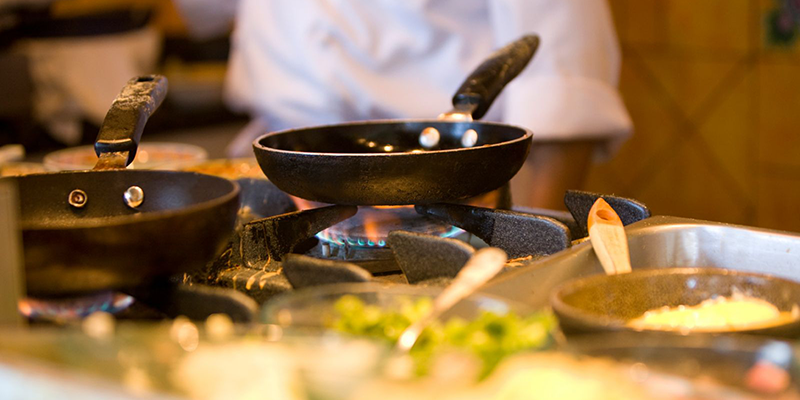
How Much Monosodium Glutamate Is Enough?
Monosodium glutamate is widely used in over 100 countries across Asia, Europe, America, and Africa. Countries like Japan, the US, and France are among the top consumers.
For the best results, it is recommended to use monosodium glutamate as follows:
– For marinated dishes (fried, grilled, stir-fried, braised, etc.), use monosodium glutamate in two stages. First, marinate the ingredients before cooking to enhance their natural umami. Second, season just before serving to balance the flavors.
– For dishes with broth (soup, stew, etc.), add monosodium glutamate towards the end of cooking to fine-tune the overall flavor. This prevents flavor alteration due to evaporation during boiling.
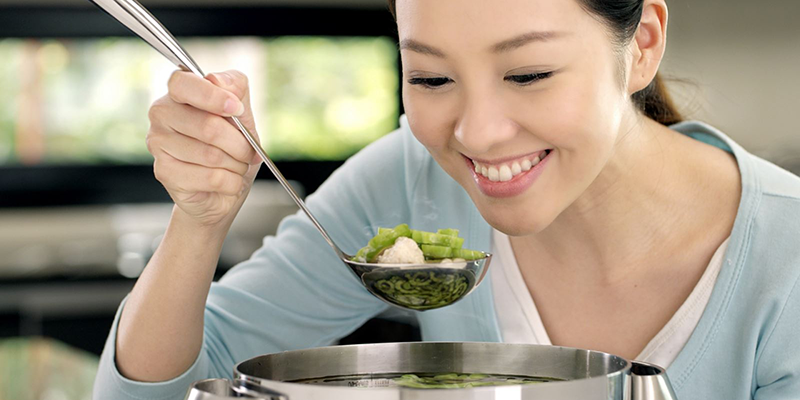
In reality, using monosodium glutamate in moderation will not cause any harm to your health and will make your meals more delicious.
For more information: PGS.TS. Le Bach Mai
More Useful Advice for Homemakers (Part 2)
Have you heard of the surprisingly easy tips to make cooking and household chores simpler? White radish eliminates the acrid taste of salted meat, adding alum to raw shrimp helps soften it, and adding cold water when frying eggs can make them crispy – these are just a few of the tricks to make your life easier.
Ten Strategies to Streamline Your Cooking Process
Are you a busy housewife looking for ways to save time in the kitchen? Did you know that flossing can also help you out? Check out these 10 tips to help you quickly and easily prepare delicious meals for your family. Learn how to peel garlic in 10 seconds and cut cherry tomatoes quickly for a healthy and tasty meal.













